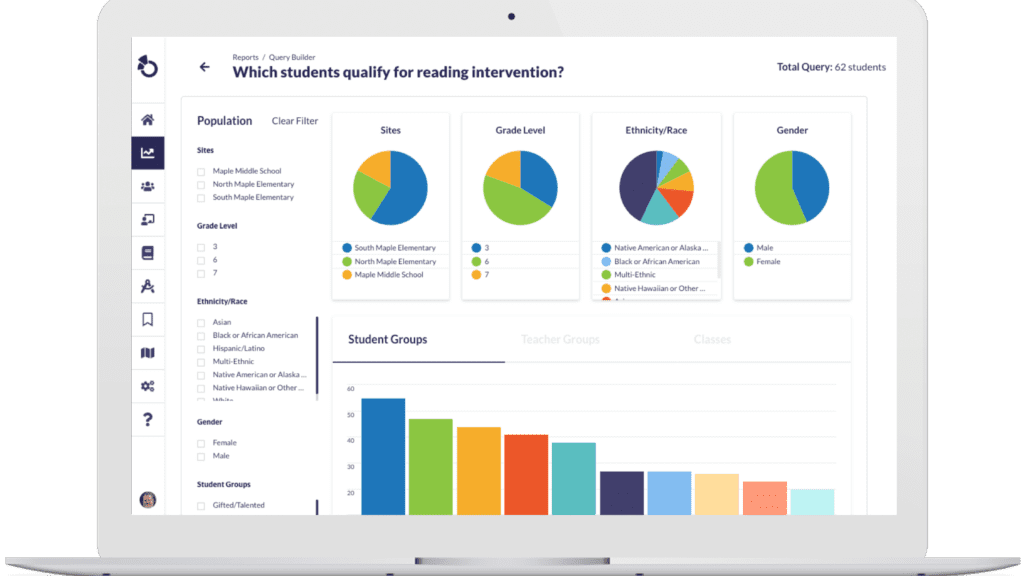If you’re a school leader in California, you’re likely familiar with Professional Learning Communities (PLCs). Whether you’ve implemented them districtwide or are just getting started, PLCs—when done right—can dramatically improve student outcomes.
Why PLCs Matter for California
PLCs aren’t new. But their impact continues to grow as more schools recognize that student achievement isn’t just about what happens in the classroom. It’s about what happens in the planning room, too.
Strong PLCs bring educators together to answer four key questions:
- What do we want students to learn?
- How will we know if they’ve learned it?
- What will we do if they haven’t?
- How will we extend learning for those who already have?
By consistently engaging in these conversations, PLCs create a culture of shared responsibility for student learning.

Real Results from PLCs
Hemet Unified School District
At Hemet Unified School District in Hemet, California, PLCs have become a cornerstone for driving student growth across all grade levels. Under the direction of Instructional Coach Felice Hill, the district uses research-based frameworks like Learning by Doing and The Teacher Clarity Playbook to strengthen collaboration and instructional alignment.
Hemet's team focuses on clearly defined essential standards, unpacking them into learning progressions to guide instruction. PLCs develop common formative assessments and follow structured protocols to analyze student data and determine next steps. This process ensures every decision is rooted in evidence, leading to stronger instructional practices and measurable student growth.
Best Practices for Strong PLCs
California schools are strengthening their PLCs by embracing practices that make collaboration more meaningful and effective:
- Prioritizing protected PLC time in the master schedule
- Providing coaching and training on collaborative data analysis
- Aligning PLC efforts with district initiatives such as MTSS efforts
- Using shared tools to streamline data, assessments, and plans

How Otus Supports PLCs
Otus gives PLCs the tools they need to collaborate effectively, analyze data, and drive student growth.
-
All-in-one Access to Student Data
View academics, behavior, and attendance in one place to make informed decisions quickly. -
Create, Share, and Analyze Assessments
Build assessments aligned to California state standards, review results collaboratively, and track student progress over time. -
Support Every Learner with Targeted Instruction
Group students based on need and assign interventions or enrichment—then monitor growth together.
Related Resources
Request a demo!
See exactly how Otus can help your school accelerate student growth and improve student outcomes – all while saving educators time.





